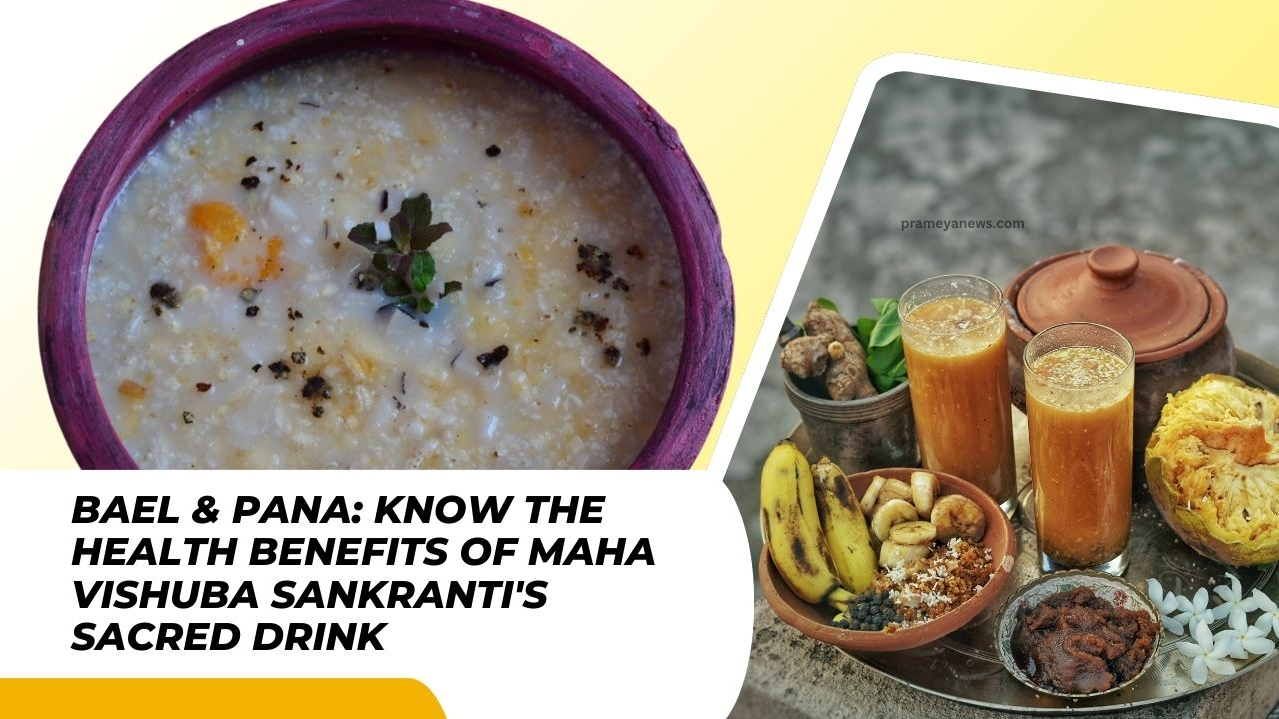Bael Fruit - An Ayurvedic Powerhouse
Often found near temples in India, the Bael tree (Aegle marmelos) bears a fruit deeply revered not just for its sacred status but also for its remarkable medicinal properties recognized in Ayurveda for centuries. This fragrant fruit, with its hard, unassuming shell protecting a soft, fibrous pulp, is just the beginning of the plant's story, as its leaves, bark, and roots are also traditionally valued for their healing potential.
A Treasure Trove
Ayurveda utilises virtually the entire Bael plant. The fruit itself is perhaps best known for promoting digestive wellness. It's a go-to remedy for common ailments like diarrhoea, dysentery, and general stomach discomfort. Its cooling properties make Bael juice, or sharbat, a popular and soothing summer beverage, often prepared simply by mixing the pulp with water and a touch of jaggery for sweetness.
Beyond digestion, Bael is traditionally employed for a wide spectrum of health concerns:
- Blood Sugar Management: Certain natural compounds in Bael are believed to help regulate blood sugar levels, making it potentially beneficial for individuals managing diabetes. A common Ayurvedic practice involves drinking a warm decoction made from boiled Bael leaves on an empty stomach.
- Immunity Enhancement: Rich in nutrients and possessing antimicrobial properties (as noted in studies referenced by the NIH), Bael is used to help the body fend off infections. A simple tonic combining Bael pulp, Tulsi (holy basil), and honey is often recommended.
- Anti-inflammatory Action: For localized swelling or pain, Bael's anti-inflammatory effects are harnessed. Applying a paste made from fresh Bael leaves and turmeric directly to the affected area is a traditional method.
- Respiratory Relief: Bael acts as a natural expectorant, helping to clear mucus and soothe coughs associated with respiratory issues. A warm drink made by boiling Bael leaves with black pepper and honey is often taken before bedtime.
- Fever Reduction: A decoction prepared from Bael bark and dry ginger is traditionally used in Ayurveda as a natural remedy to help lower high body temperatures.
- Heart Health Support: Traditional practices also incorporate Bael for supporting cardiac function, sometimes suggesting daily intake of Bael fruit juice mixed with a pinch of cardamom powder.
- Wound Healing: The juice extracted from fresh Bael leaves is sometimes applied directly to minor cuts or skin irritations to promote faster healing.
Modern Interest and Simple Integration
While many benefits stem from centuries of traditional use, modern research, including studies cited by the National Institutes of Health (NIH), has begun to investigate Bael's antimicrobial, anti-inflammatory, anti-diabetic, and even potential cancer-fighting properties.
Incorporating Bael into a wellness routine can be straightforward. Beyond the specific preparations mentioned, adding Bael pulp to herbal teas or smoothies a few times a week is suggested for general support. The widely enjoyed Bael sharbat, made by mixing pulp with cold water, rock salt, and jaggery, remains a refreshing and healthful option, especially during warmer months.
From soothing an upset stomach to potentially bolstering the immune system and cooling the body, the Bael fruit and its parent plant offer a diverse range of benefits deeply rooted in tradition. It stands as a testament to nature's pharmacy, offering simple, accessible ways to support overall health and well-being.



















































